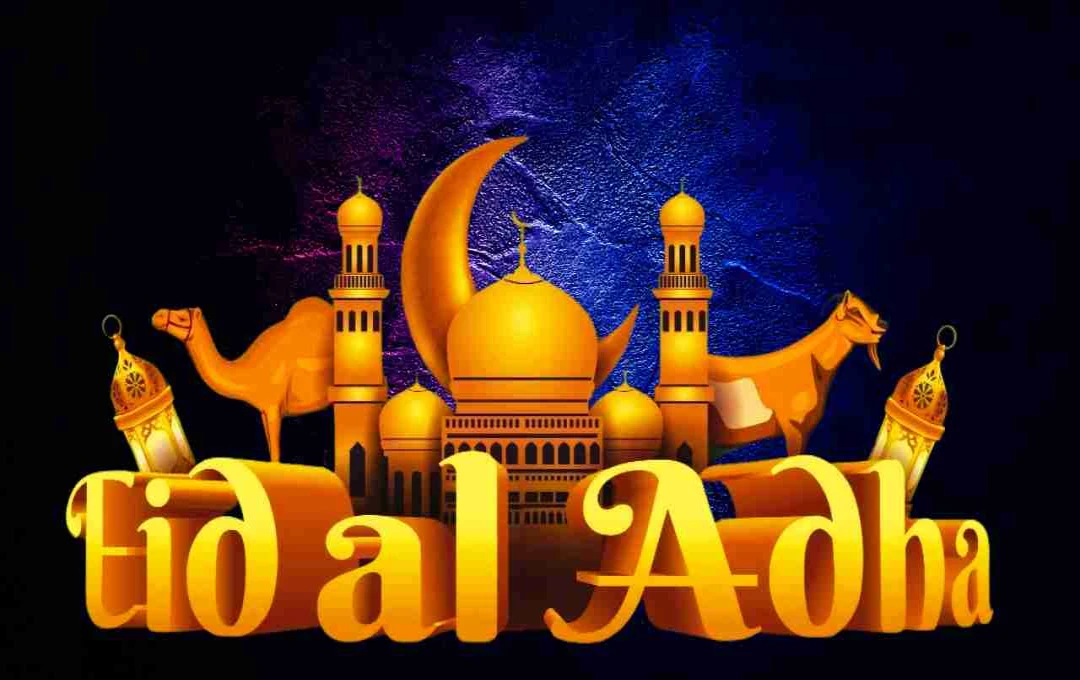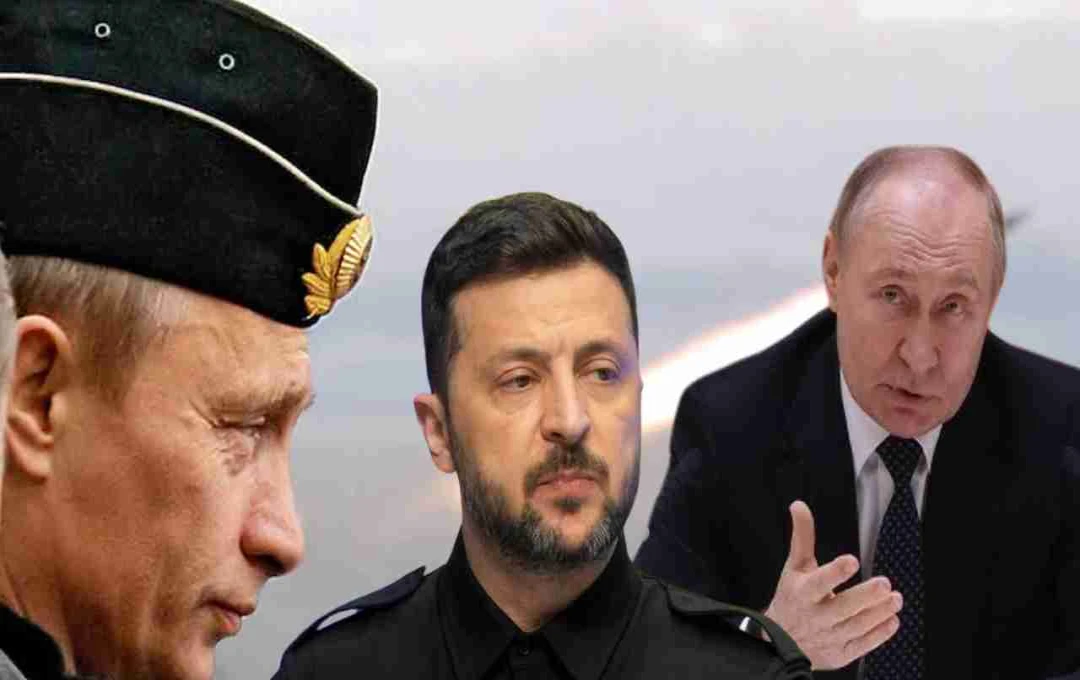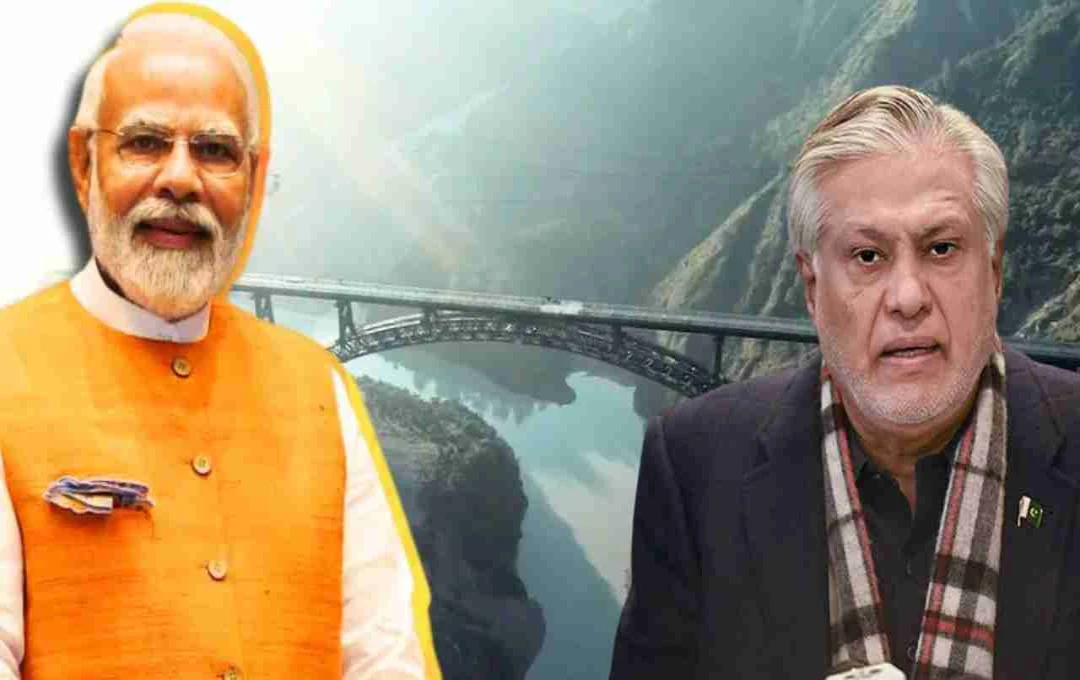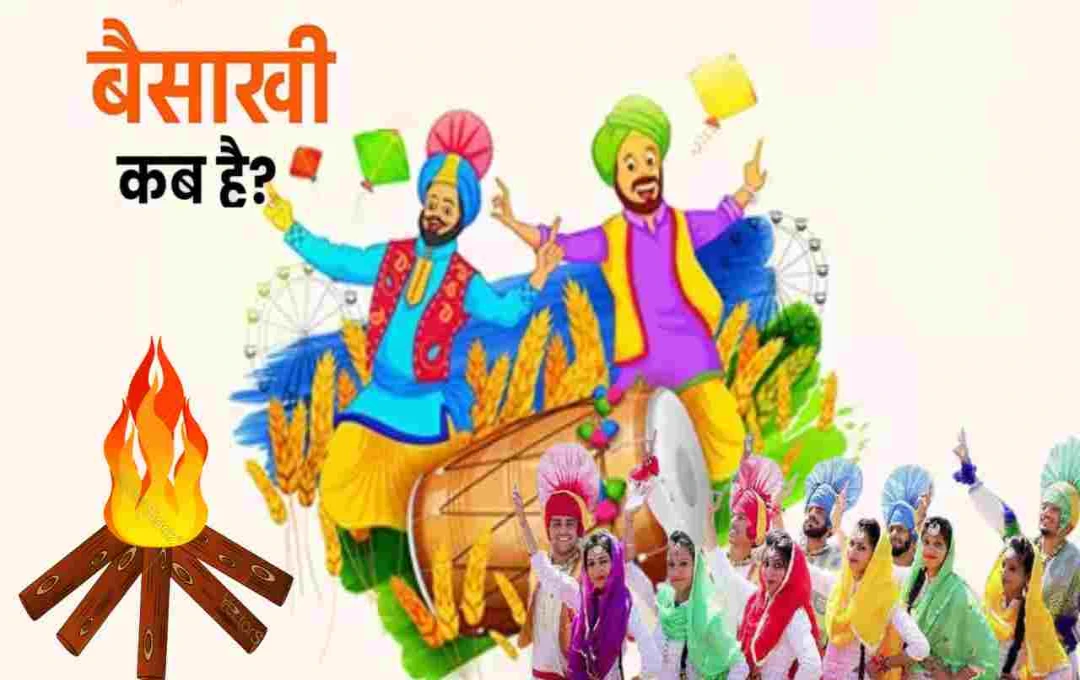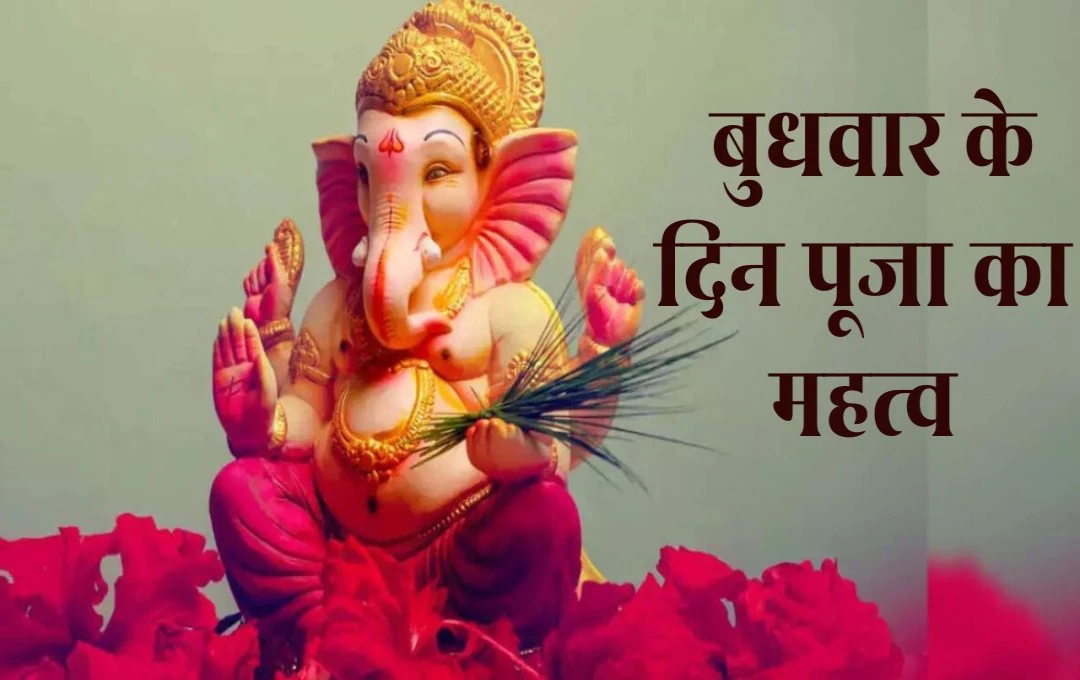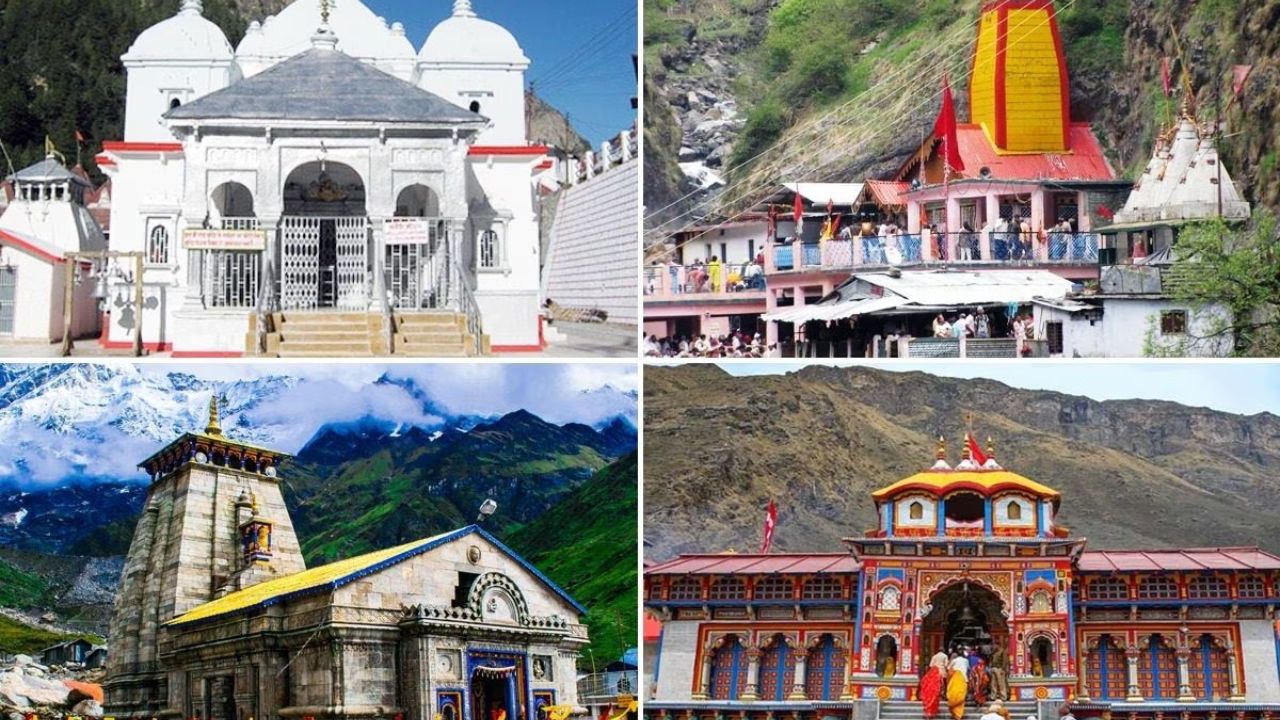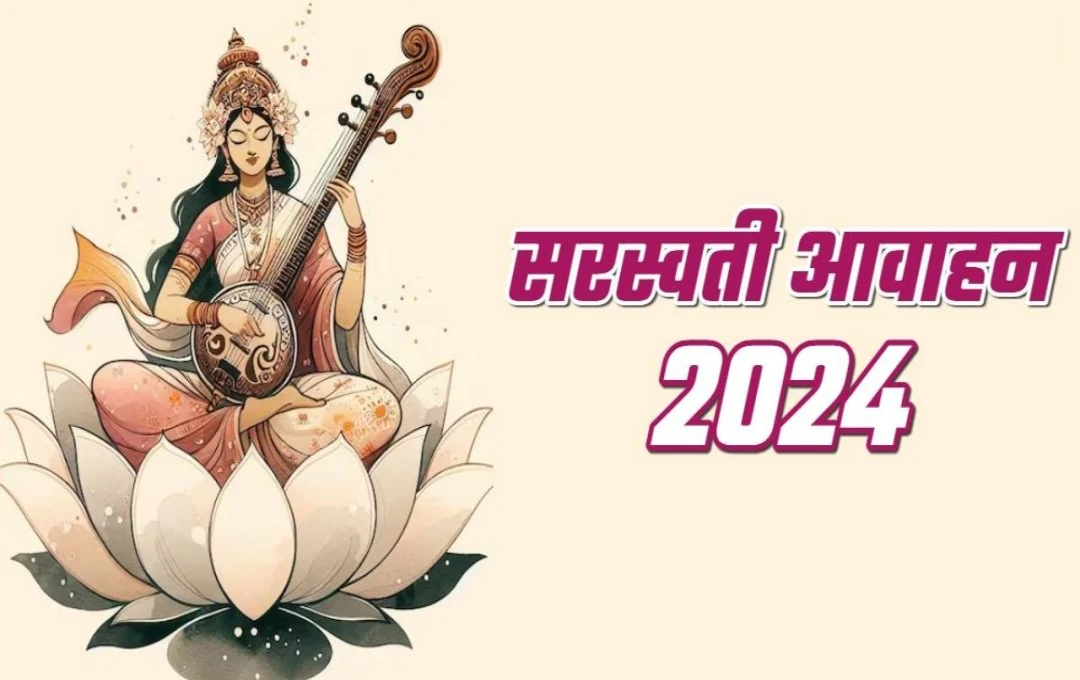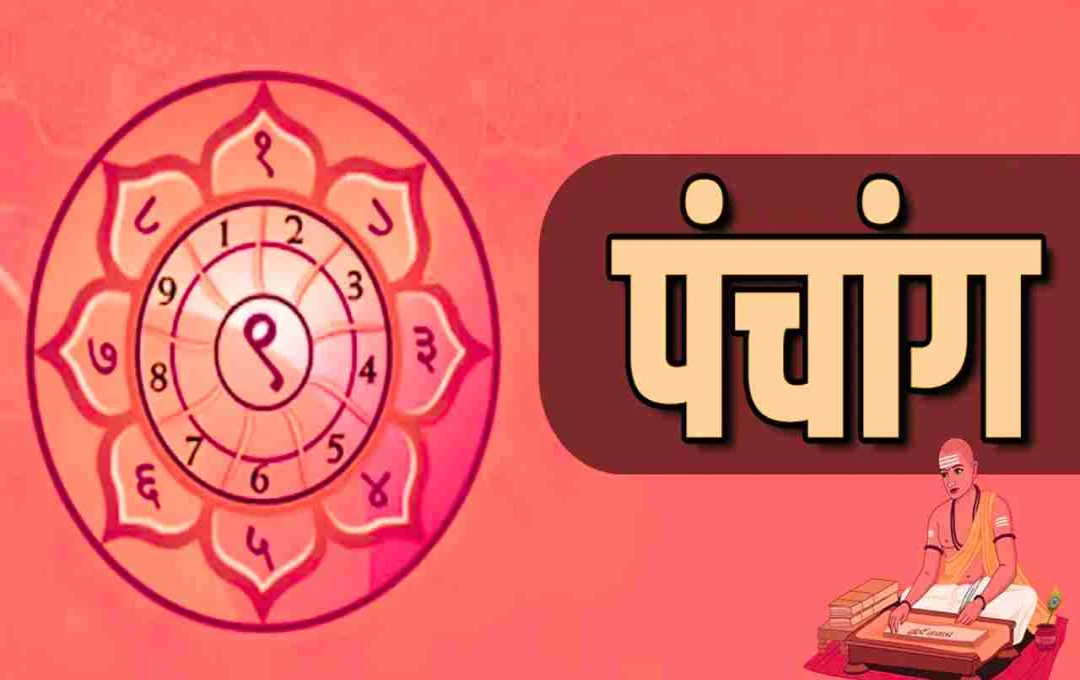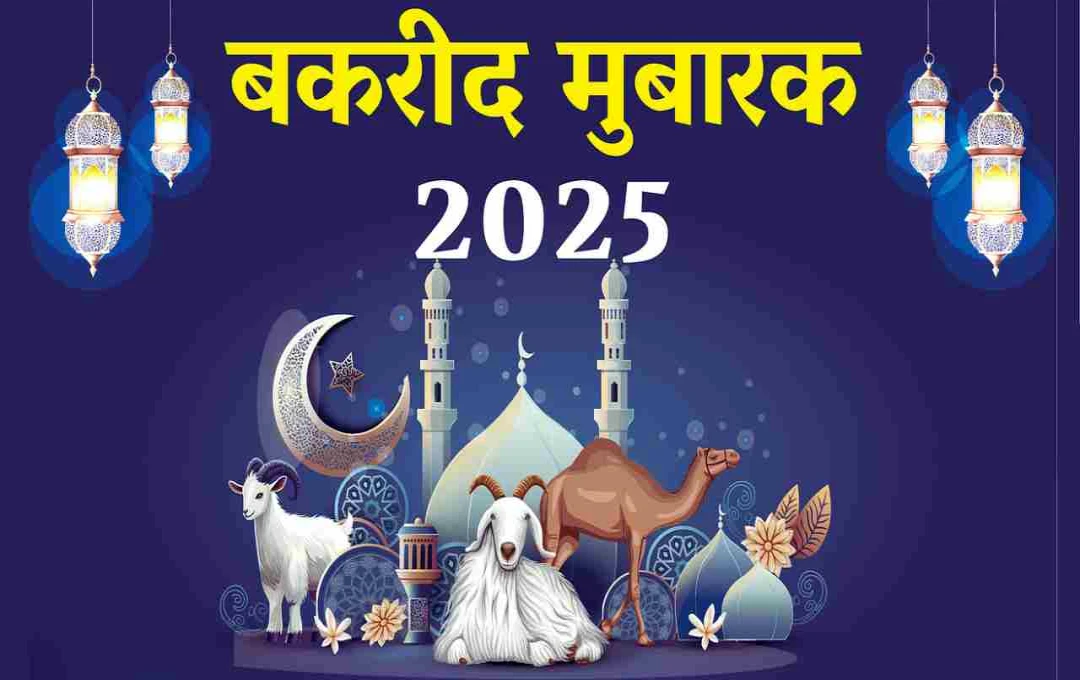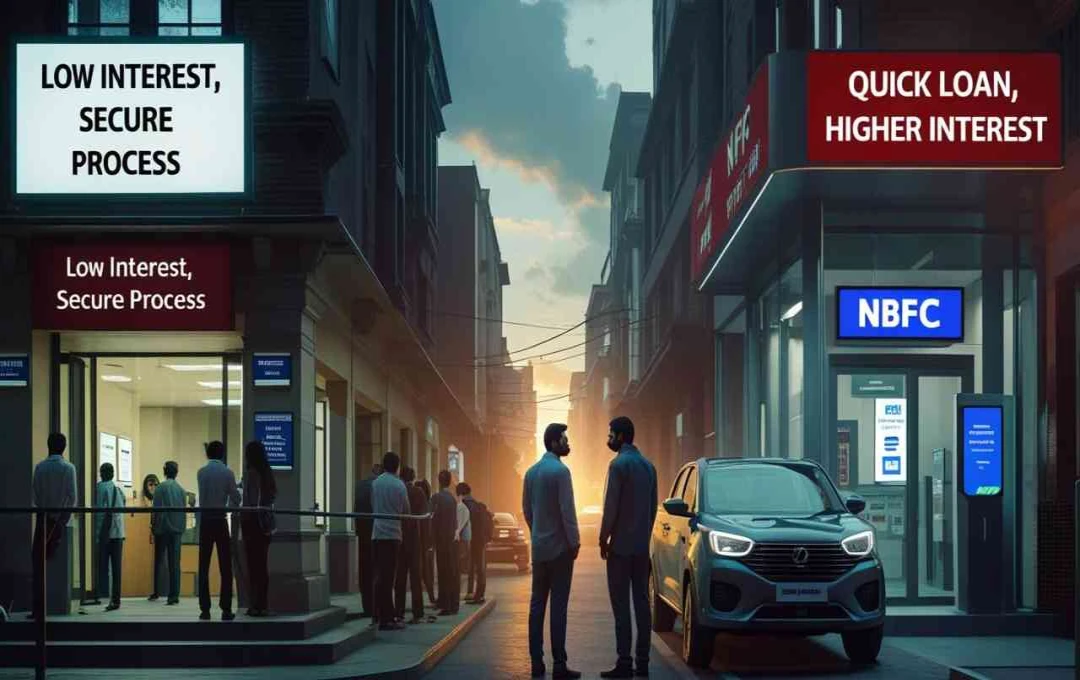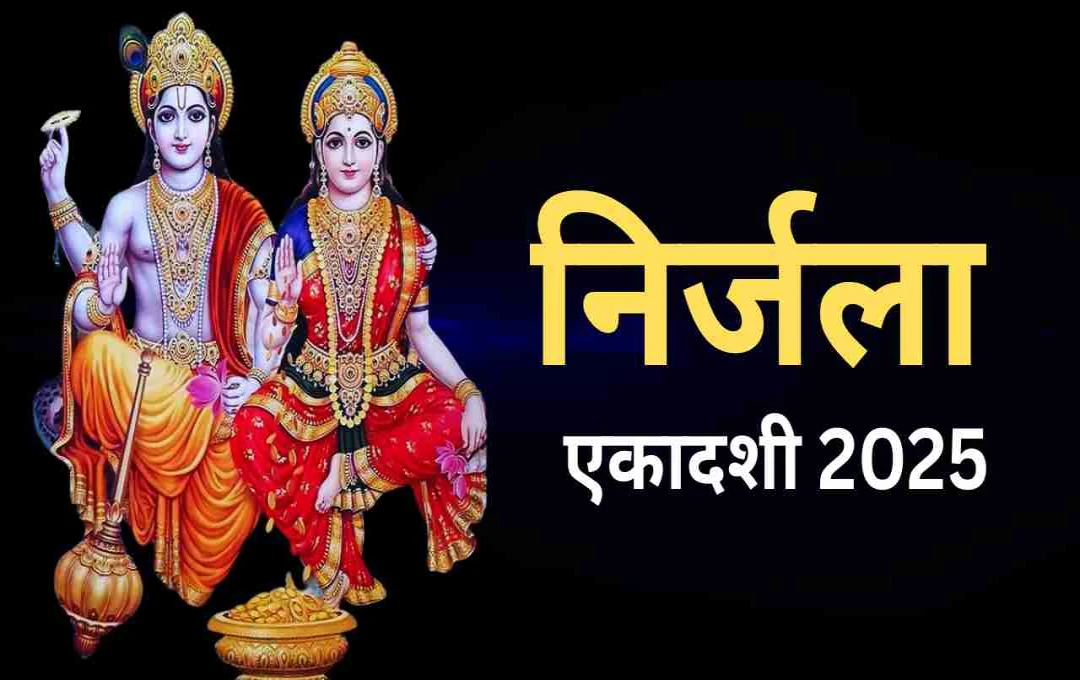Eid-ul-Adha 2025 is being celebrated with great enthusiasm across the country. This festival of sacrifice, devotion, and humanity sees Muslims offering animal sacrifices and distributing the meat to the needy. It conveys a message of brotherhood and dedication.
Today, Eid-ul-Adha, commonly known as Bakrid, is being celebrated across the nation with great fervor and reverence by Muslims. This festival falls on the 10th day of Zul Hijjah, the 12th month of the Islamic calendar, and is also called the 'Festival of Sacrifice'. Eid-ul-Adha is not merely a religious observance but also symbolizes sacrifice, devotion, and humanity. On this special occasion, Muslims clean their homes, wear new clothes, offer special prayers in mosques or Eidgahs, and then express their devotion to Allah by sacrificing an animal.
Religious and Historical Significance of Eid-ul-Adha
The story of Eid-ul-Adha is associated with Prophet Ibrahim. According to Islamic belief, Allah commanded Prophet Ibrahim to sacrifice his beloved son, Ismail. However, just as he was about to sacrifice his son, Allah showed mercy and replaced him with an animal for the sacrifice. This is the reason Muslims offer animal sacrifices on this day.
This festival signifies the importance of dedication and sacrifice in achieving any goal. The sacrifice offered on Eid-ul-Adha teaches that one should rise above worldly desires and be prepared to sacrifice anything in the way of Allah.
The Tradition and Method of Sacrifice
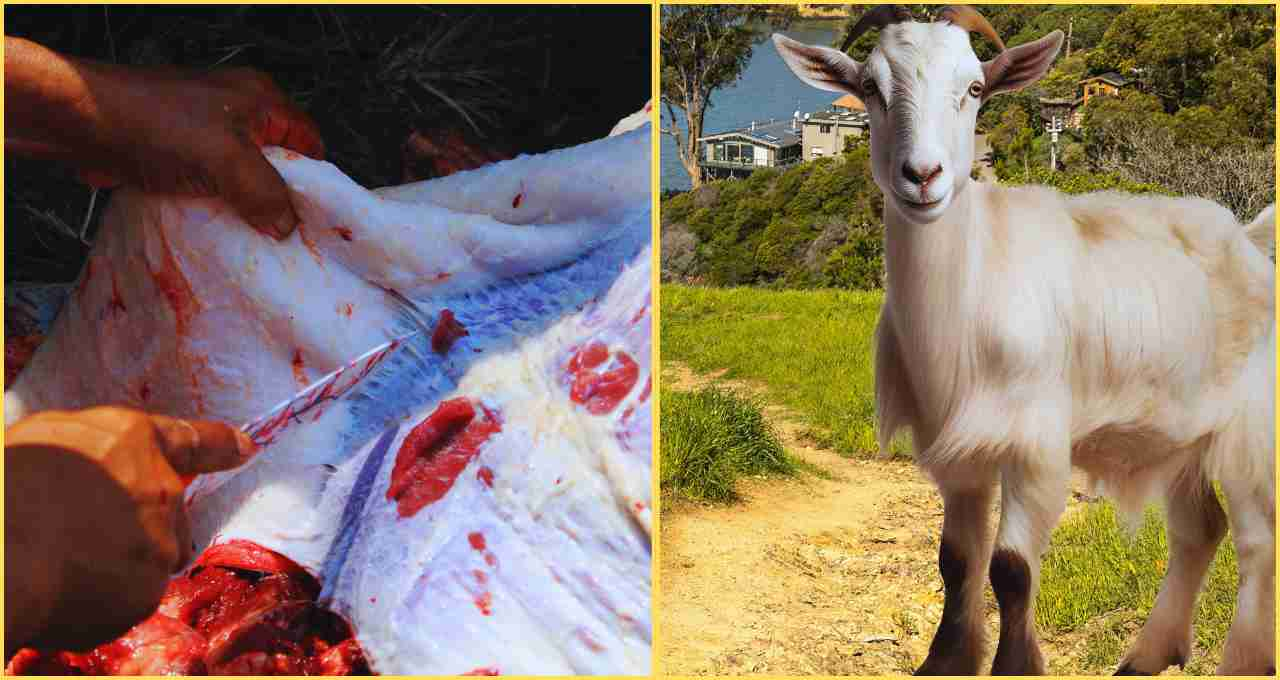
The most important part of Eid-ul-Adha is the animal sacrifice. Usually, goats, sheep, cows, or camels are sacrificed. Islam dictates that the chosen animal must be healthy and sound. An animal with any illness or weakness is not considered suitable for sacrifice.
The meat from the sacrifice is divided into three parts:
- The first part is given to the poor and needy.
- The second part is shared among family and friends.
- The third part is kept for the family itself.
Religious Rites of Eid-ul-Adha
On Eid day, congregational prayers are first offered in mosques or Eidgahs. This prayer takes place in the morning on the 10th day of Zul Hijjah, with a large number of people participating. After the prayer, people greet each other with "Eid Mubarak" and embrace, sharing the festive joy.
Following this, people perform the sacrifice. During this time, people maintain cleanliness, wear new clothes, and share sweets and dishes with their family, friends, and the needy.
Social and Cultural Significance
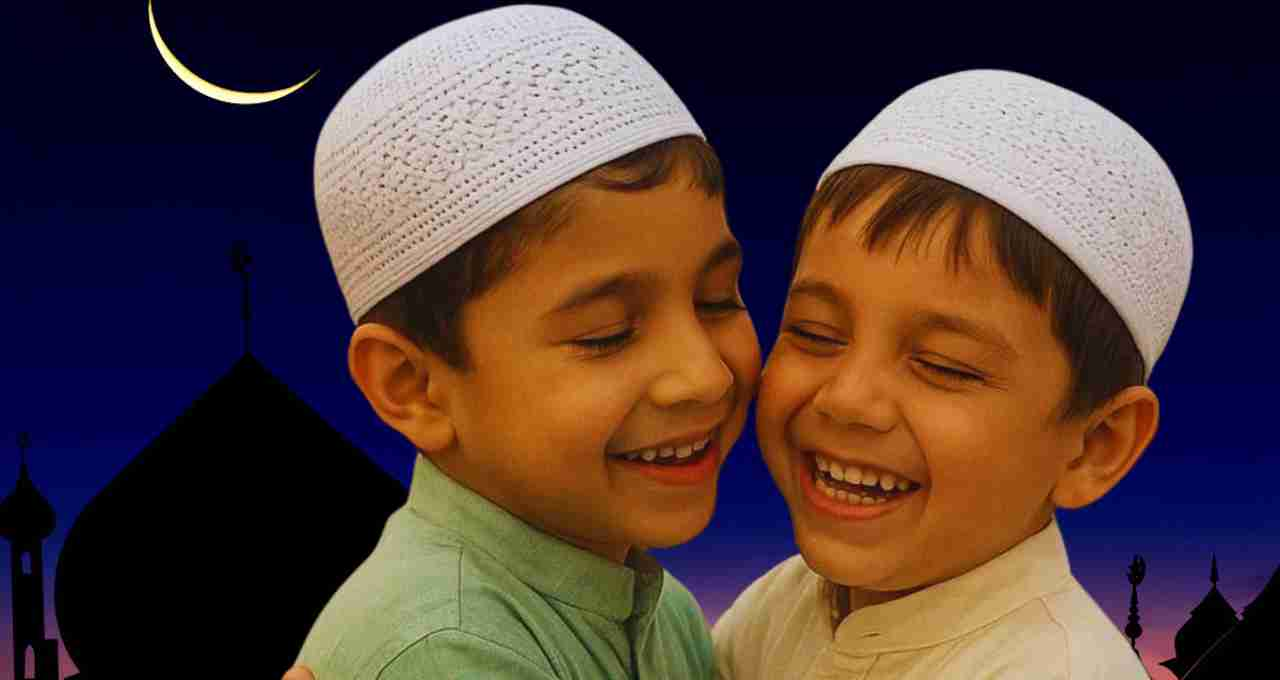
Eid-ul-Adha, besides being a religious festival, is also a festival of social interaction. In a multicultural country like India, this festival conveys a message of brotherhood and coexistence. Donating to the poor, helping the needy, and spreading harmony in society are hallmarks of this festival.
Bakrid is celebrated with great fanfare in India, Pakistan, Bangladesh, Malaysia, and many other countries. While Saudi Arabia celebrates Bakrid a day earlier, in India it is typically observed a day later.
Spiritual Message of Eid-ul-Adha
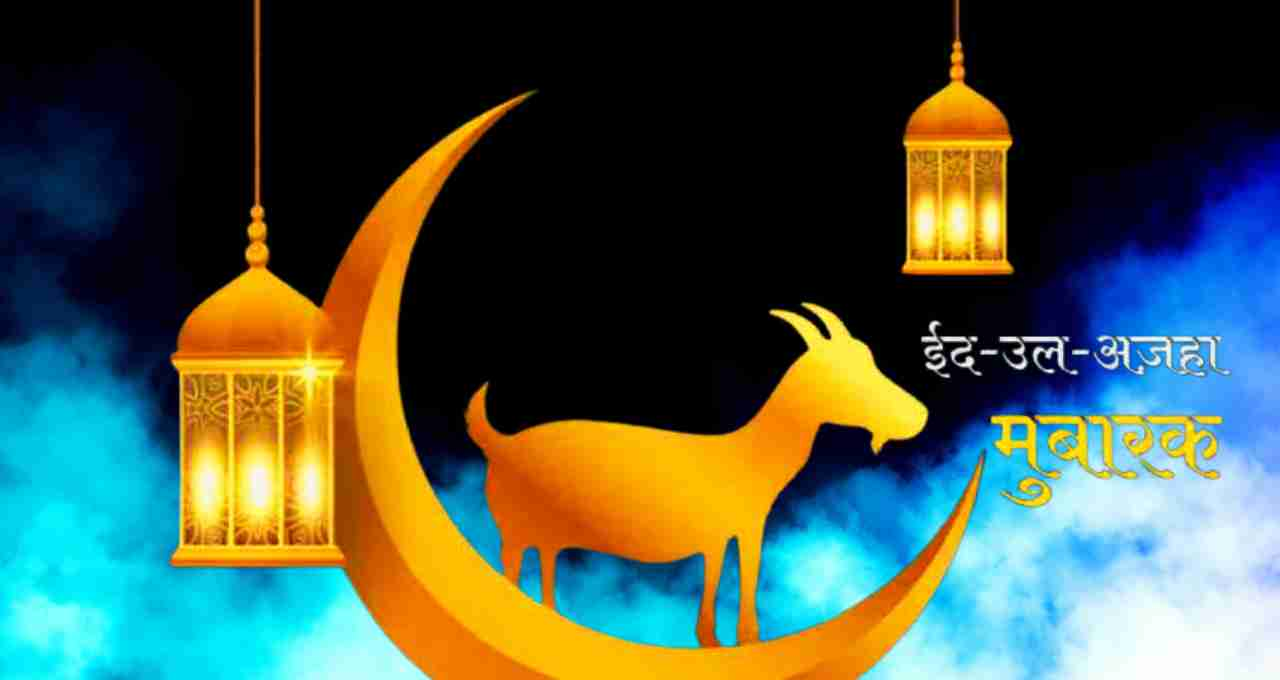
Eid-ul-Adha teaches humanity, sacrifice, dedication, and honesty. It conveys the message that one should rise above self-interest and work for the betterment of others. Through sacrifice, it inspires one to relinquish desires, ego, and greed in the way of Allah.
This festival reminds us that true happiness and peace in life come from sharing empathy, compassion, and love with others.
